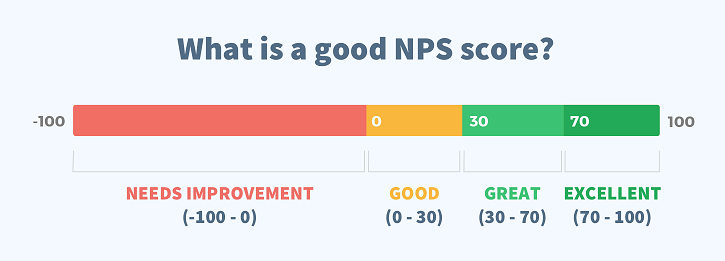In the highly competitive world of healthcare, Pharmacy Benefit Managers (PBMs) play a crucial role in ensuring that patients have access to affordable and high-quality medications. To gauge their performance and customer satisfaction, many PBMs turn to Net Promoter Score (NPS). In this blog, we will explore what NPS is, how it is calculated, strategies to improve a low NPS score, and take a closer look at the Net Promoter Score (NPS) in the PBM industry.
Understanding Net Promoter Score (NPS)
Net Promoter Score, developed by Fred Reichheld in 2003, is a metric used to measure customer loyalty and satisfaction. It provides a straightforward way to assess how likely customers are to recommend your company’s products or services to others.
NPS is based on a single, simple question: “On a scale of 0 to 10, how likely are you to recommend our company/product/service to a friend or colleague?” Based on their responses, customers are categorized into three groups:
- Promoters (score 9-10): These are enthusiastic and loyal customers who are likely to recommend your company.
- Passives (score 7-8): These customers are satisfied but not enthusiastic. They are less likely to promote your company.
- Detractors (score 0-6): These are unhappy customers who may even spread negative feedback about your company.
Calculating NPS
To calculate NPS, you subtract the percentage of Detractors from the percentage of Promoters. The formula looks like this:
NPS = % Promoters – % Detractors
NPS scores can range from -100 (if all respondents are Detractors) to +100 (if all respondents are Promoters). A higher NPS indicates better customer loyalty and satisfaction.

Strategies to Improve a Low NPS
- Analyze Feedback: Start by collecting and analyzing customer feedback. Understand the reasons behind low scores and identify areas for improvement.
- Close the Feedback Loop: Reach out to Detractors and Passives to gather more detailed feedback. Show that you value their opinions and are committed to addressing their concerns.
- Continuous Improvement: Implement changes based on customer feedback. Communicate these improvements to your customers, showing them that their input matters.
- Employee Training: Ensure that your employees are well-trained and equipped to provide excellent service. Happy employees often lead to satisfied customers.
- Personalization: Tailor your services to individual customer needs. Personalized experiences can significantly boost customer satisfaction.
PBM Industry NPS Performance:
The PBM industry’s NPS performance can vary widely based on factors such as the size of the PBM, the quality of services provided, and the effectiveness of cost-saving measures. The overall Net Promoter Score (NPS) of PBMs has suffered a dramatic decline from 38 in 2021 to 8 in 2023. Typically, PBMs with a strong focus on customer service and transparency tend to have higher NPS scores.
In recent years, there has been a growing emphasis on transparency and accountability in the PBM industry, which has driven PBMs to improve their customer satisfaction efforts. PBMs that excel in areas like medication access, cost control, and customer support often receive higher NPS scores, reflecting their commitment to enhancing the patient experience. TransparentRx guarantees one-prompt access to a live, USA-based member support representative with hold times under 20 seconds for 90% of calls to its call center, for example. An independent third-party has measured TransparentRx’s NPS, which stands at 86.
In conclusion, Net Promoter Score (NPS) in the PBM industry is a valuable metric for assessing customer loyalty and satisfaction. By understanding NPS, calculating it correctly, and implementing strategies to improve low scores, PBMs can enhance their customer relationships and drive positive outcomes in the ever-evolving healthcare landscape. Continual efforts to improve NPS can lead to increased customer loyalty and success in the competitive world of healthcare management.
